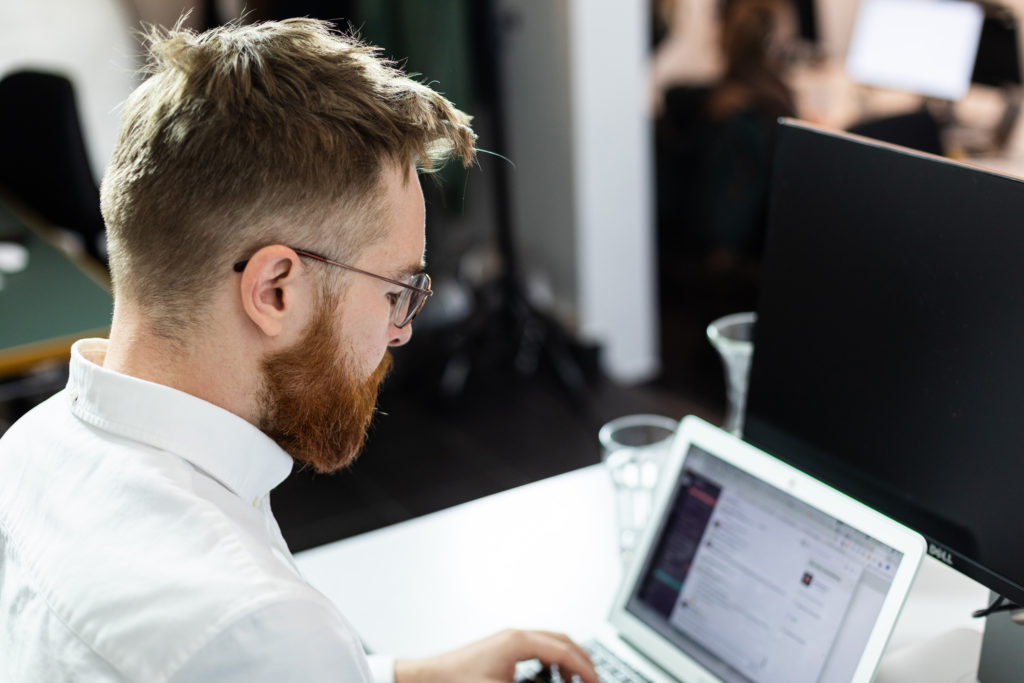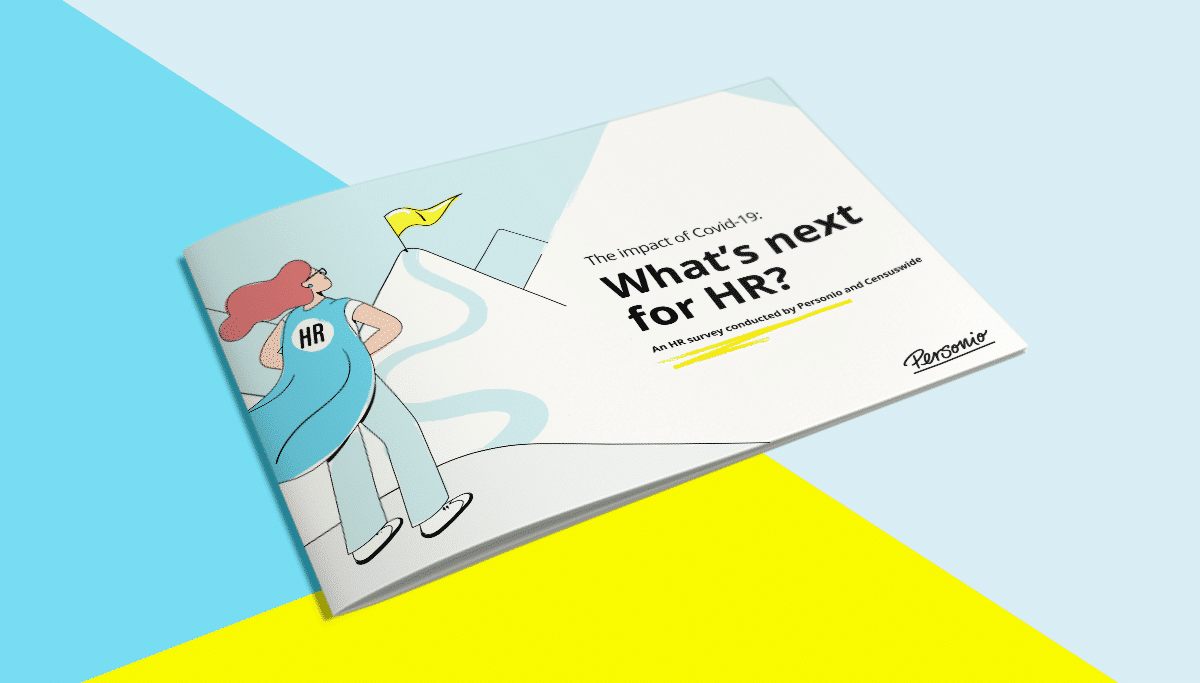Remote work — is it the new normal or will it simply become the way things were? The topic itself invites a diversity of opinion. Some suggest that employees need permanent remote working options, while others are encouraging a swift return to office life.
Recently, Personio, alongside LocalGlobe hosted a webinar entitled: “Remote Working: Once You Go Remote, Is It Worth Going Back?” The discussion itself explored the topic of whether remote work is sustainable long-term or merely a flash in the pan.
You can watch this webinar in its entirety by clicking this link to gain access.
Contents
Remote Work: Where Do We Begin
Takeaway #1: Remote-First Principles Will Remain
Takeaway #2: Workspaces for Collaboration & Inspiration
Takeaway #3: Building A Proper Hybrid Model
What Does The Future Hold?
Remote Work: Where Do We Begin?
The Covid-19 pandemic has changed so much of contemporary working life. One of the biggest changes is the seismic shift to remote work, which happened almost overnight across the entire world. Office spaces became frozen in time and some have even remained that way ever since.
But, as we inch towards a post-pandemic future, what becomes of those offices? Many businesses have shown that they can get by with remote-only setups, and have even found more productivity and a higher level of satisfaction from their employees.
This isn’t the rule, though. Many employees have also struggled with the shift, especially working parents and those who gain energy from the social elements of work. So, it’s a bit more complicated than simply working from home from now on.
The fundamental question becomes: Should you go back to the office, and how do you do it in a way that accommodates the benefits of remote working? We invited three experts to share their opinions on the matter, including:
- Tushar Agarwal, Co-Founder and CEO, HubbleHQ
- Michelle Davies, People Leader, WeFarm
- Ben Mahoney, Engineering Manager, Curve
Each helped break down the subject which resulted in a handful of key takeaways. Here’s just a taste of all that was covered…
Takeaway #1: Remote-First Principles Will Remain
Michelle puts it best, “The experiment we have been on for the last year isn’t really remote-first. It’s being forced to work from the corner of your flat.”
If hybrid working models become the way forward for many organizations, one of the key takeaways is understanding that the design of work needs to be remote-first.
This doesn’t mean that everything must be done remotely. It means that everything, whether remote or in the office, needs to be designed remotely even as it happens in person.
Ben explains, “What [remote-first means] is that you’re set up in a way that everyone can operate, and no one is disadvantaged by operating in a remote-first way.”
So, even if things are not done remotely, the way we have come to work remotely is always going to play a role. This could entail:
- Reorganizing org charts by function rather than location.
- Taking detailed notes before meetings and recording everything in writing.
- Maintaining transparency so everyone knows where everyone else is.
Ultimately, we’ve collectively discovered the practicality of remote work when it comes to inclusion and productivity. Now, we need to put it into practice even when we’re in the office, and then we need to realize its full potential. Otherwise, a return may miss the mark.
Free Download: What’s Next For HR?
We surveyed 500 HR Managers to learn more about what the post-pandemic world of work will look like. Download the study today to gain all the insights.
Takeaway #2: Workspaces for Collaboration & Inspiration
Tushar lays it out quite compellingly: “Remote work is not working from home, it’s just not working from the office. The optionality behind it is vast.”
All of the panelists essentially agreed that any return to the office will have to exist within a mode of flexibility when it comes to remote work, and that’s by design.
In fact, the idea is to intentionally design both remote and in-office experiences to suit the needs of employees, across roles, and also to benefit company culture.
This may be felt primarily by younger workers, those who are most interested in returning to the office due to the learning opportunities it can provide.
As Tushar expands on the idea: “The future feels like building personalized workspace experiences for different organizations. As an organization, you’ll be able to decide and configure what that perfect environment is for your team.”
Ben also notes the importance of taking an opportunity and building something new: “If you are saving a certain amount of money, what’s the opportunity cost of taking that and designing working experiences that are inspiring, insightful, and fun? It’s been proven that happy people do way better work, stay longer, and they deliver loads more impact.”
This means that companies need to think about why they have an office, what they use it for, and how can it be used to inspire their employees. This could be for collaborative purposes, or it could simply be a destination for socializing or coming together to benefit culture.
“There are all sorts of complications, but at the end of the day, it is about empowering your people to do their best work. It shouldn’t matter whether you can see them, it should matter what impact they are having on the business,” Michelle states.
Takeaway #3: Building A Proper Hybrid Model
A recent study from Stanford University found that ‘hybrid working’ will be the dominant form of work emerging from the Covid-19 pandemic.
One of the dangers of going back to the office, and trying to create a hybrid model of work, is ensuring that you don’t simply create a two-tier system of work.
“If you’re building a business where you still need to come into the office most days of the week, even if it’s not five days of the week, to know what’s going on…you’re not really building a hybrid model, you’re building a two-tier structure,” Michelle explains.
This means designing work around the assumption that everybody begins their role remotely, ensuring that communication occurs within that framework, and then making it stick.
The tricky part is making that stick, and not devolving into an ‘Office Team’ and a ‘Remote Team’ that works differently, collaborates differently, and views one another differently.
Ultimately, though, this speaks to the major takeaway: building a proper hybrid model takes time, it takes work, and it isn’t without its fair share of growing pains.
“Hybrid will be tough, and it will basically be chaos in most organizations…how do you manage, handle, and monitor that? If you get it right, though, you can become an organization that is extremely successful. It will be inherently hard, but hopefully worth the work,” Tushar states.
The defining characteristic of work in 2021 will be ‘trial and error.’ That means going back from remote, in essentially any capacity, will require organizations to iterate on what works because, by its very nature, hybrid work cannot be a one-size-fits-all model.
So, the more flexibility you can have and you can maintain, the better.
What Does The Future Hold?
Ultimately, the discussion about remote work encompasses three key ideas:
- The principles of remote-first work are productive and necessary.
- Workplaces need to be re-designed to make them worth coming back to.
- Hybrid work will take many forms and many versions to get it right.
Our webinar discussion covered the current topic of remote work and how organizations are responding and planning for the future. That said, we still need the time to discover what works, what doesn’t, and how it will affect employees.
We hope you’ll take the time to watch it, and please feel free to sign up to gain access to our exclusive events as they come down the pipeline. You can sign for our H.U.G Online Sessions Event Alerts by clicking this link right now.
Try Our Remote
Work Checklist






